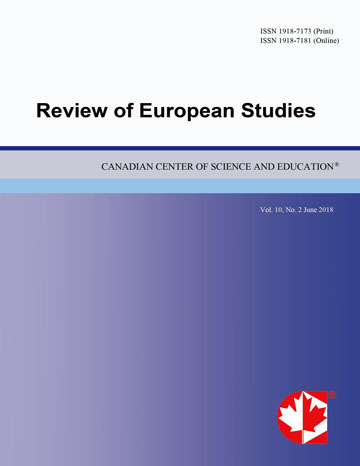Semiology of Kazakh Ornaments
- Shara Mazhitayeva
- Aigerim Shugaevna Kappasova
- Aidana Ergazykyzy Kapanova
- Zhanbai Turarovich Kadyrov
- Amanai Baiturymovich Myrzabayev
- Zhanar Eskazinova
Abstract
The article is dedicated to show the importance of various national Kazakh ornaments in non-verbal communication. Kazakh national ornaments are various and each one has its own names. They have been formed on the basis of ancient art among cattle breeding tribes (saks, usuns, huns, kipchak and kingly). The ornaments of that period reflected people’s artistic vision to the world.
Generally all elements of the Kazakh ornament were interpreted differently due to its historic time. Now a major part of ornaments have lost their semantic value. The article considers specific meanings of Kazakh animalistic ornamental patterns.
- Full Text:
 PDF
PDF
- DOI:10.5539/res.v7n6p170
Index
- ACNP
- CNKI Scholar
- DTU Library
- Elektronische Zeitschriftenbibliothek (EZB)
- EuroPub Database
- Excellence in Research for Australia (ERA)
- Genamics JournalSeek
- Google Scholar
- Harvard Library
- HeinOnline
- Infotrieve
- JournalTOCs
- Mir@bel
- Open policy finder
- RePEc
- ResearchGate
- ROAD
- Scilit
- Technische Informationsbibliothek (TIB)
- The Keepers Registry
- Universe Digital Library
- WorldCat
Contact
- Paige DouEditorial Assistant
- res@ccsenet.org
